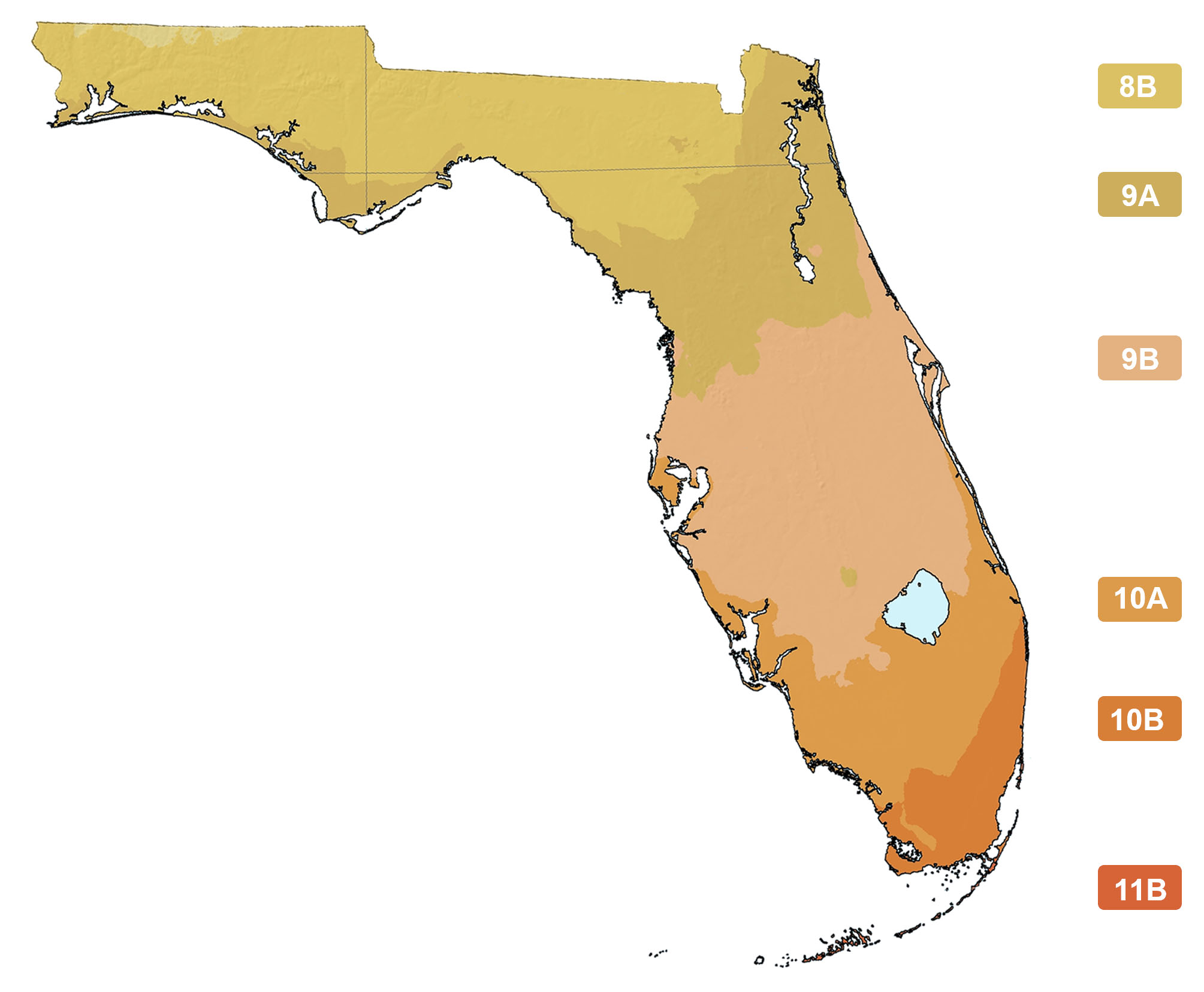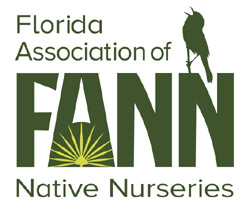Rhododendron minus var. chapmanii
Photographs belong to the photographers who allow use for FNPS purposes only. Please contact the photographer for all other uses.
Chapman's Rhododendron
Ericaceae
Plant Specifics
| Form: | Shrub | |
| Size: | 3-6 ft tall by 3-6 ft wide | |
| Life Span: | Long-lived perennial | |
| Flower Color: | Pink | |
| Fruit Color: | NA | |
| Phenology: | Deciduous. Blooms in spring before the new leaves come out. | |
| Noted for: | Showy flowers |
Landscaping
| Recommended Uses: | Specimen plant. Screen plant. Can be grown in a mass under trees. | ||||||||||||||||||||||||||||||||||||||||||
| Propagation: | Cuttings, or divisions. Apparently seed is not a major form of reproduction. | ||||||||||||||||||||||||||||||||||||||||||
| Availability: | Native nurseries | ||||||||||||||||||||||||||||||||||||||||||
| Light: | Part Shade, Shade | ||||||||||||||||||||||||||||||||||||||||||
| Moisture Tolerance: |
always floodedextremely dry |
||||||||||||||||||||||||||||||||||||||||||
| (Not wet but not extremely dry ----- to ----- Short very dry periods) | |||||||||||||||||||||||||||||||||||||||||||
| Moisture Tolerance: | Not wet but not extremely dry ----- to ----- Short very dry periods | ||||||||||||||||||||||||||||||||||||||||||
| Salt Water Flooding Tolerance: | Not salt tolerant of inundation by salty or brackish water. | ||||||||||||||||||||||||||||||||||||||||||
| Salt Spray/ Salty Soil Tolerance: | Low/no tolerance of salty wind or direct salt spray | ||||||||||||||||||||||||||||||||||||||||||
| Soil or other substrate: | Loam, Sand | ||||||||||||||||||||||||||||||||||||||||||
| Soil pH: | Highly acidic to acidic | ||||||||||||||||||||||||||||||||||||||||||
Ecology
| Wildlife: |
Attracts pollinators, including hummingbirds. | |
| Insects: | Attracts insects. Apparently important to bumble bees. | |
| Native Habitats: | Mesic flatwoods, scrubby flatwoods, seep slope. Ecotone between flatwoods and edges of titi swamps. |
Distribution and Planting Zones
Natural Range in Florida
USDA Zones
Suitable to grow in:
8A 8B 9A

USDA zones are based on minimum winter temperatures
Comments
| General Comments: | Endemic to Florida Listed as Endangered by the USFWS and FL |



